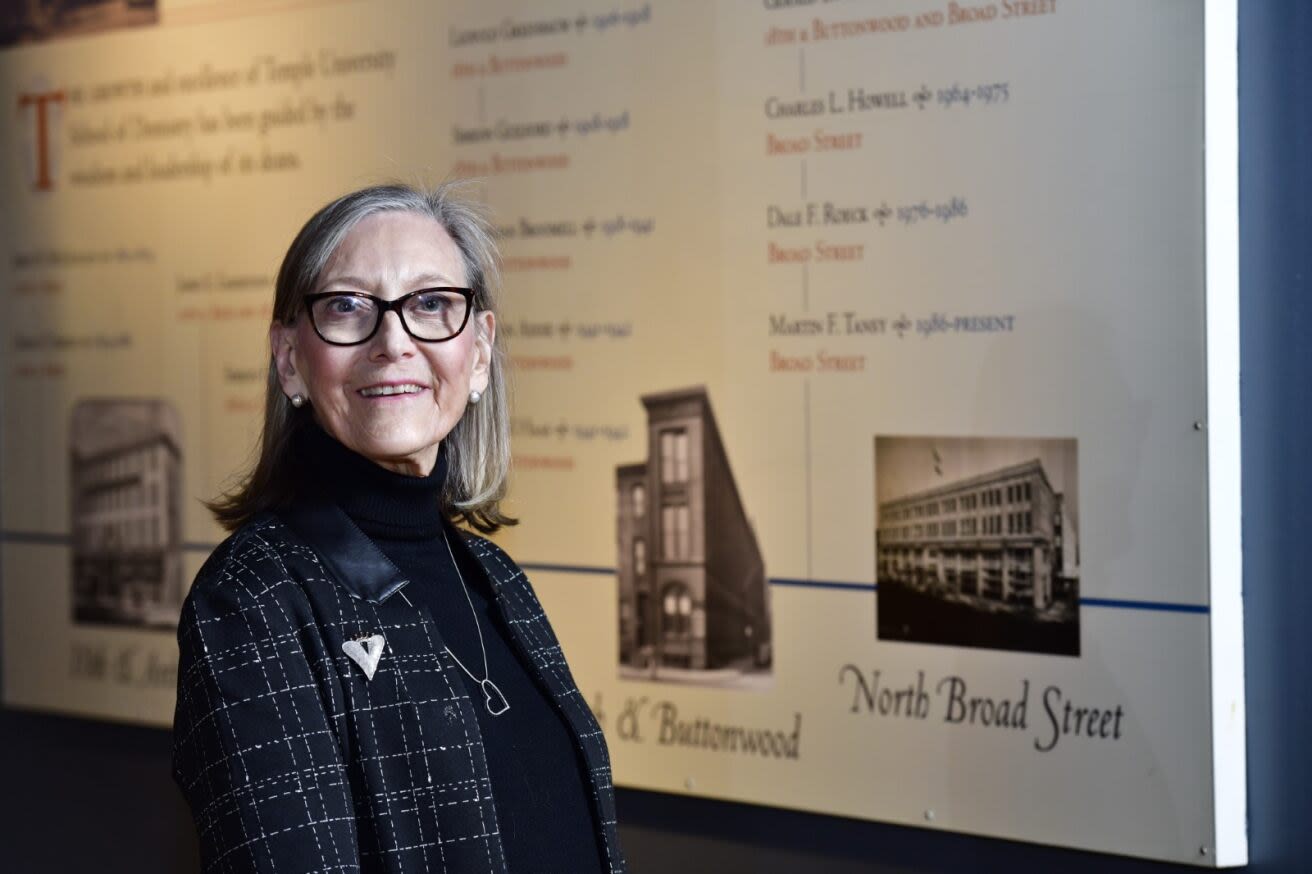Top of the class
Meet Temple’s faculty award winners for 2023–2024
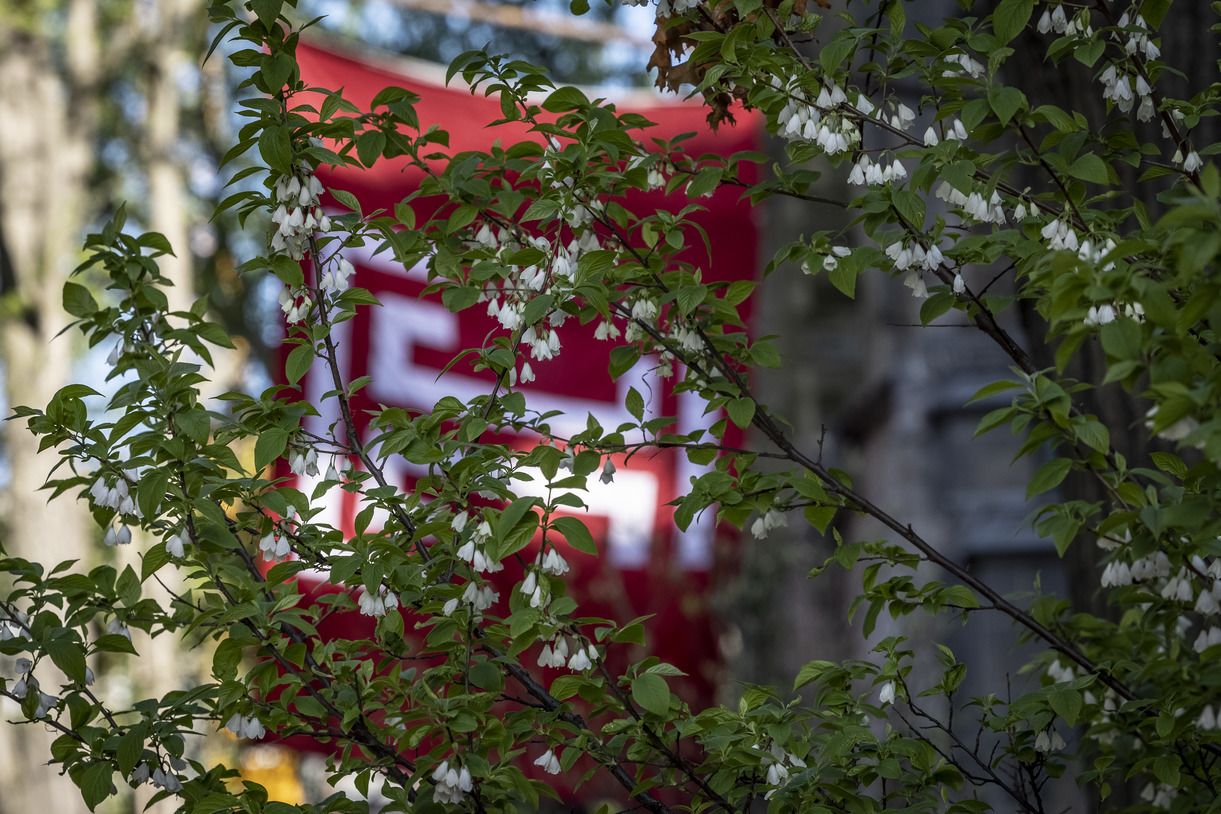
As a world-class institution, Temple attracts world-class faculty who steer our students to success in the classroom and beyond. Temple formally recognizes its outstanding professors and scholars for their contributions to teaching, research, creativity and service. This year, the awards were presented at a ceremony on April 10. Current and former students in addition to colleagues nominate the recipients.
Learn more about this year’s winners.
Great Teacher Award
Charles Abramovic, BYR ’90
Chair and professor of keyboard studies
Boyer College of Music and Dance
Areas of focus: Piano, harpsichord, fortepiano as a soloist, chamber musician and collaborator with leading instrumentalists and singers
Years at Temple: 36
Inspiration for teaching and performance
Music is a constant process of learning, renewal and inspiration. I love working with professional colleagues in the field and passing on what I learn from them to my students. It is also important to me that I learn from other disciplines in the arts such as theater, dance, literature and the visual arts. There are numerous ways that these fields can inform our work as musicians and consequently help inspire our students. And I especially love learning about my students' backgrounds and their reasons for choosing music as a field. It is also fascinating to learn about language and culture from our international students.
Proudest accomplishment
In 1992 I had the opportunity to perform at the U.S. Supreme Court with several other fine musicians. Robert McDuffie, a violinist I have performed with for many years, had developed a friendship with Justice Harry Blackmun. They created a small concert series at the court, and we performed there several times. It was an honor to get to meet Justice Blackmun (one of the greatest human beings I have ever met) and others such as Ruth Bader Ginsburg and Anthony Kennedy. It was truly memorable.
Memorable moments
My students and I participated in the very first concerts of the noon library series now held at the Charles Library. We performed all of the Debussy Preludes on two Wednesdays at the Paley Library conference room to a packed audience, most of whom were not music students. Sharing this great music with a wider Temple audience was a wonderful experience.
I had an undergraduate student, Hanna Salmon, who devised an interdisciplinary project in 2014 with the Keyboard and Composition departments at Boyer and some art students from Tyler. Six artists were chosen to create works that six composers would write pieces on to be performed by six pianists. The pieces were displayed in Rock Hall on the day of the concert.
I had my piano students work with a choreography class in a joint project. The dance students choreographed short piano works from Prokofiev's Visions Fugitives (20 in all), and we put on a concert at Conwell Dance Theater.
And finally, I need to mention our annual Keyboard Studies Department wiffleball game (my idea) that we hold at the end of the school year with faculty and students.

Robert L. Bettiker
Professor and attending physician
Lewis Katz School of Medicine
Areas of focus: Infectious disease, trans/nonbinary health (gender-affirming care)
Years at Temple: 23
Inspiration for teaching
I love to watch medical students grow. I meet many of them when they interview for medical school and teach them in different capacities each year over the four years and again if they continue their training through residency at Temple. Some of them now are full physicians, and I'm proud to call them my colleagues as we work side by side in the hospital caring for patients.
Proudest accomplishment
Can I say that one of my proudest moments was when I made the medical students angry? They had been taught that medical tests were perfect and infallible, and while it wasn't my job to disillusion them, I did just that. I gave them a patient that they thought was unlikely to have a particular disease and showed that through the flaws inherent in our tests, a positive test result still meant that the person didn't have the disease. "Wait! You're saying that we can't rely on our medical tests?" They were angry, and I had to bite my lip to keep from smiling because I knew that they got it. Medicine is like sailing on an ocean—you rely on the wind and the currents until you can't.
Memorable moment
When I first started teaching biostatistics, I got a review comment from a student asking, "Why are you wasting my time on something that I will never ever use in medical practice?" Not exactly a five-star review on Yelp, but I had to laugh. There is a saying: "A fish can't know that there's water." If something is integral and also everywhere—like water to a fish—we don't see it. Biostatistics governs nearly every aspect of how we think—every question we ask a patient, every part of the physical exam, every test we order, every interpretation of the test and every plan that we formulate. As I thought about the student's comment, though, I realized I had to teach the 'why' of biostatistics and not just the 'what' and the 'how.' I started using the subject matter that they were learning at the time to teach a biostatistical principle. For instance, we worked through a study on depression while they were in their psychiatry course. They could then see the direct applicability of the stats, and I was actually furthering their knowledge of psychiatry through the statistical exercises. Recently, students studying for their medical boards told me, "Dr. Bettiker, I just want you to know that we are acing all of the biostats practice questions."
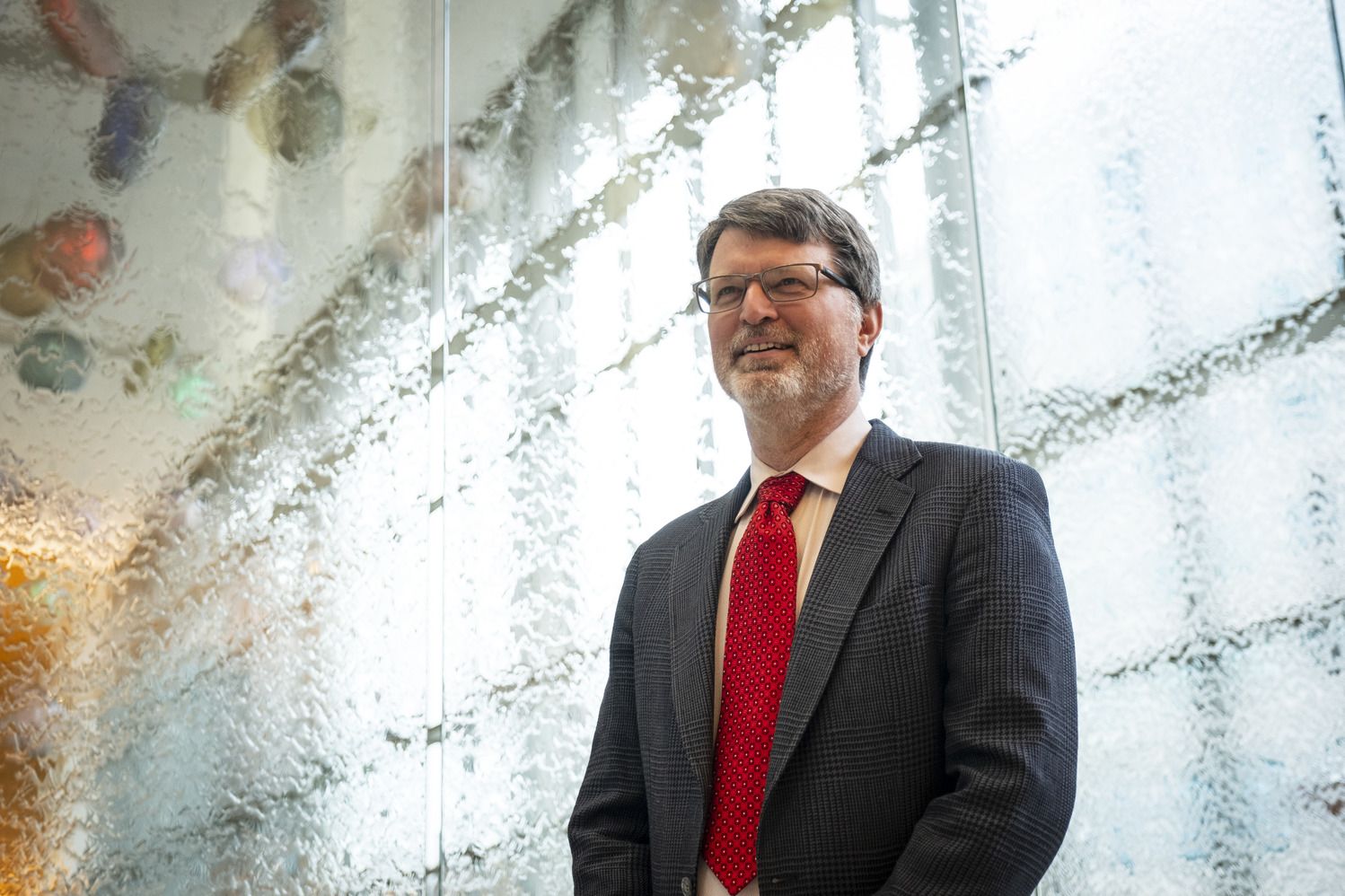
Heather R. Porter, CPH ’92, ’09
(Photo courtesy of Heather Porter)
Professor of instruction, health and rehabilitation sciences
College of Public Health
Areas of focus: Inpatient and outpatient physical rehabilitation (traumatic brain injury, stroke, amputation, arthritis, back disorders, multiple sclerosis, cardiac, pulmonary, spinal cord injury, joint replacement and obesity)
Years at Temple: 24
Inspiration for teaching
Students flourish through carefully curated experiences of positive emotions that open them up to think in new ways and try new things. Through this openness, they gain knowledge and skills that enhance growth, feelings of success and mastery that build confidence and esteem, and increased curiosity and interest that stimulate research and scholarship. As a teacher, to be a part of this growth process is immensely meaningful and drives my passion for teaching.
Proudest accomplishment
Receiving the Great Teacher Award is my proudest professional accomplishment. To be recognized is an honor and a homage to those who have supported and helped me to become the teacher I am today.
Memorable moment
When I was an undergraduate at Temple, the recreational therapy advisors and professors took me under their wing. They guided and supported me, but most of all they encouraged me, inspired me and provided opportunities that have ultimately shaped who I am and led me to where I am today. Although this was long ago, I am forever grateful for this and continually seek to pay this forward.
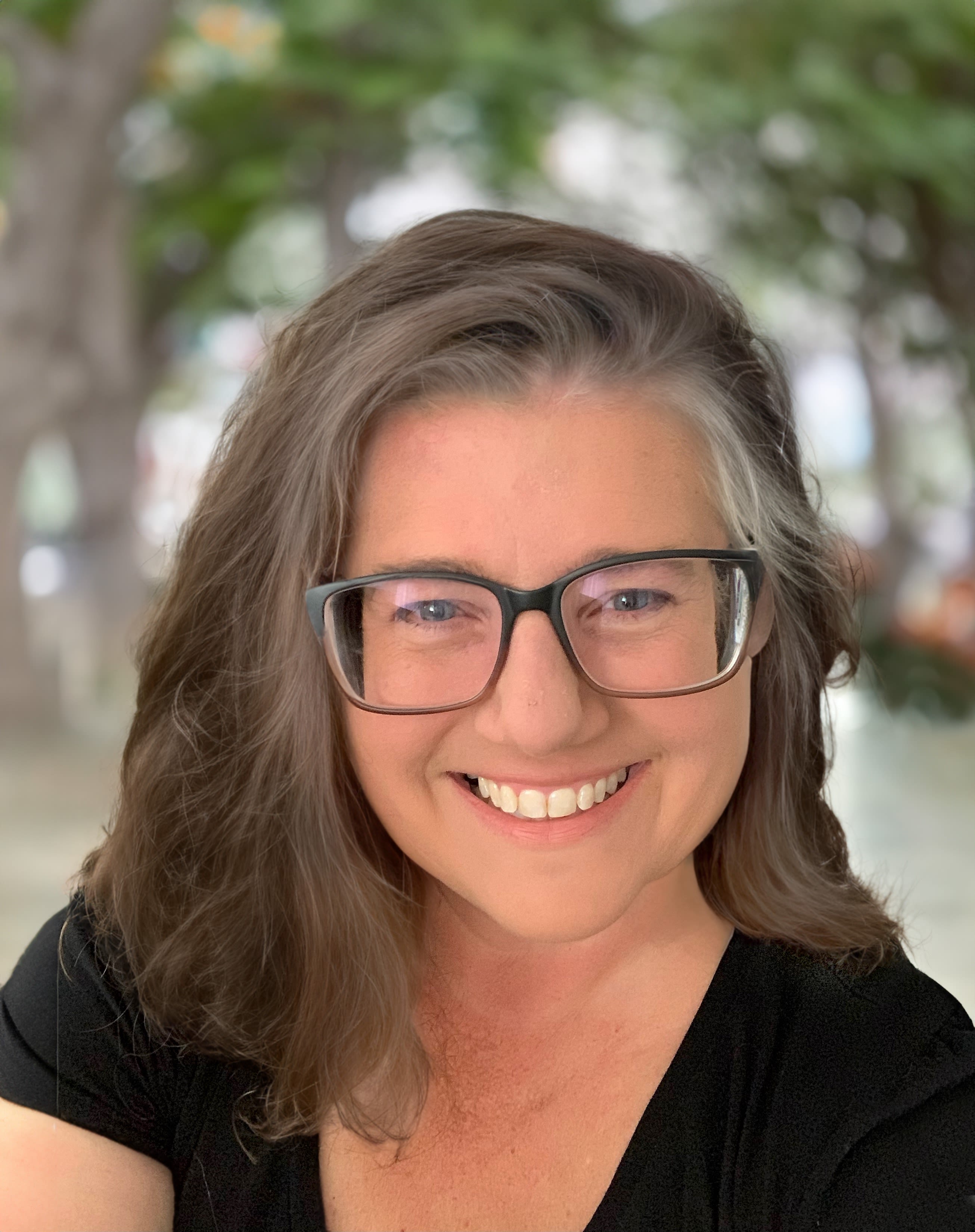
Faculty Award for Creative Achievement
Scott Laserow, TYL ’87
Professor, graphic and interactive design
Tyler School of Art and Architecture
Areas of focus: Political, social, environmental poster design; the relationship of interactive technology with traditional poster design; animated, augmented reality and interactive posters
Years at Temple: 33
Inspiration for teaching
As an artist and designer, I draw inspiration from all around me, whether a poignant quote or the sight of a rain-soaked leaf. But the truest source of my inspiration comes from my students. It might sound cliché, but their curiosity and eagerness to learn consistently motivate me to tackle familiar problems with fresh perspectives and have been instrumental in keeping me abreast of emerging technologies. This ongoing learning journey has even steered my sabbaticals, guiding me to deepen my knowledge and enhance my ability to educate my students.
Proudest accomplishment
I am fortunate to have achieved several professional milestones I hold in high regard. Among these, I have been honored with two Graphis Platinum awards, widely recognized as the apex of achievement in graphic design worldwide. Additionally, Graphis Journal featured an interview with me about my work and process, and my co-authored book Making Posters from Concept to Design is another accomplishment I cherish.
Memorable moment
You might find it surprising, but my most memorable experience was during my student years at Temple University's Tyler School of Art and Architecture. It marked the first time I truly felt a sense of belonging. My time at Tyler, particularly under the guidance of Professor Joe Scorsone, had a profound impact on my life, fostering a strong connection that I never wanted to depart—and I never have. Since 1985, I've been a proud member of the Temple community.

Paul W. Eberman Faculty Research Award
Sherril Dodds
Professor, dance
Boyer College of Music and Dance
Areas of focus: Dance on screen, popular dance, cultural theory approaches to dance, breakdancing
Years at Temple: 12
Inspiration for teaching and research
As a child, I discovered that dancing is a transformative practice: It is creative, sensory, expressive and relational. It also teaches your body how to think and reflect in the moment. Since these are all skills that can be applied to other areas of life, I’m always interested to know what dancing offers its participants.
Proudest accomplishment
I feel incredibly proud every time I enter a breaking cypher (breakdancing circle). Although I have done a lot of research on this topic, what really counts in the hip-hop community is if you can show and prove your skills. Although I came to breaking later in life, I feel truly invested and welcomed the moment I throw down, and I love that I have developed the confidence to do this.
Memorable moment
One of my favorite moments at Temple was when I was leaving work one day. On the corner of North Broad and Cecil B. Moore were a group of hip-hop dancers I know blasting music from a speaker and busting some moves on the street corner while the world went about its business. As soon as they saw me, they called me over, and I threw a few rounds of breaking (breakdancing) with them. This moment made me realize that I was not simply a researcher but an integrated part of the Philly hip-hop community.
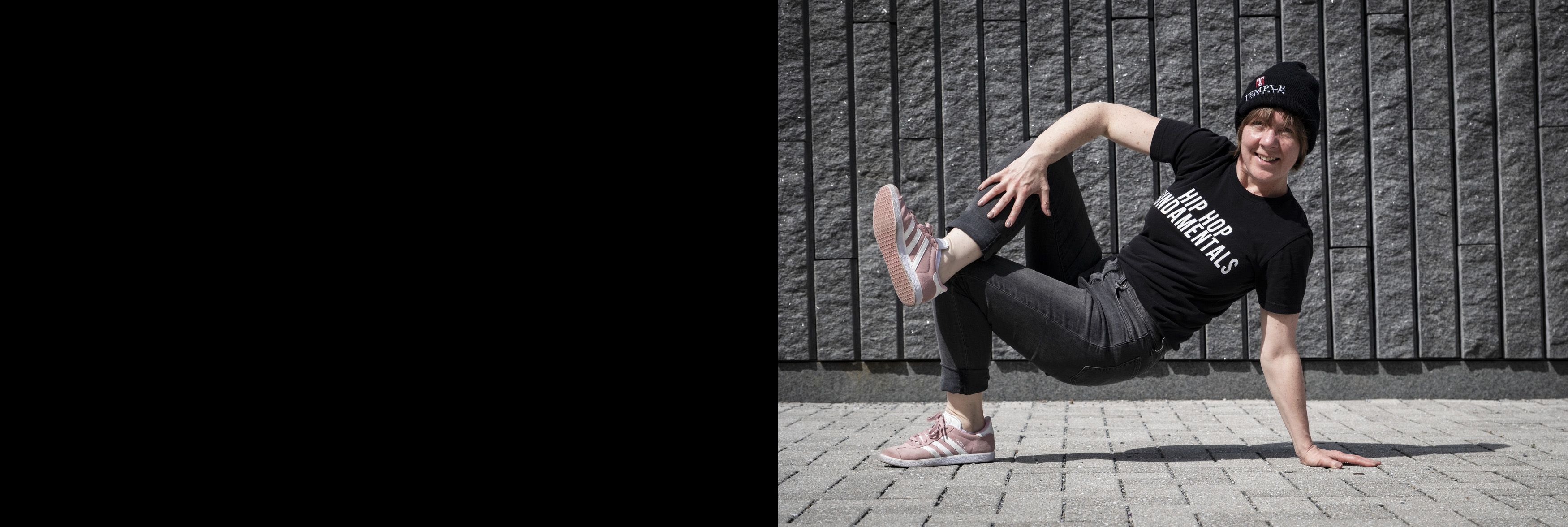
Temple University Faculty Research Award
Irina Mitrea
Laura H. Carnell Professor
College of Science and Technology,
Mathematics
Areas of focus: Harmonic analysis, partial differential equations, scattering theory, several complex variables, validated numerics, geometric measure theory
Years at Temple: 12
Inspiration for teaching and research
As a mathematician, I look for intricate patterns in the theories that I am pursuing, and over the years I have learned to take on paths that go deep into the unknown. Along the way, in yet uncharted mathematical territories, there is the need to build new tools, to reconcile structures that are characteristic to traditionally distinct branches of mathematics and to build portals between these through which we can travel back and forth without loss of information. This is very challenging and can take many years, but the transformative impact that such work has makes the effort rewarding.
There is a quote by Henry Miller that I love that wonderfully captures the poetry of the research act for me: 'I have a theory that the moment one gives close attention to anything, even a blade of grass, it becomes a mysterious, awesome, indescribably magnificent world in itself. I have tried this experiment a thousand times and I have never been disappointed: The more I look at a thing, the more I see in it, and the more I see in it, the more I want to see. It’s like peeling an onion. There is always another layer, and another and another. And each layer is more beautiful than the last.'
Proudest accomplishment
Without a doubt this would have to be Geometric Harmonic Analysis. This is a collaborative, five-volume, 5,000-page original research monograph that was more than 15 years in the making and that appeared in Springer Nature last academic year.
Unique in scope, magnitude and depth, the work puts together an entire program focused on understanding what type of analysis one can do in a given geometric environment and builds structurally sharp tools capable of dealing with boundary value problems for complex coefficient elliptic systems in inclusive geometric settings, well beyond what has been studied or understood so far. My collaborators and I have written over the years other research monographs, published by prestigious publishing companies, but Geometric Harmonic Analysis is truly in a category of its own.
Memorable moments
There have been many Temple moments that I had together with my collaborators, all playing a role in the development of the Geometric Harmonic Analysis project. I remember mathematically dreaming of next layers at one of the iron tables in front of Saxby's many years ago with handwritten notes kept in place by coffee cups to lectures and long discussions in front of boards filled with intricate mathematical work. There were telephone calls made or taken while walking across campus to keep the wheels of this work turning and conferences on campus where we could see our own doctoral students embarking on their paths in the profession and using the tools we have just developed for proving new results.
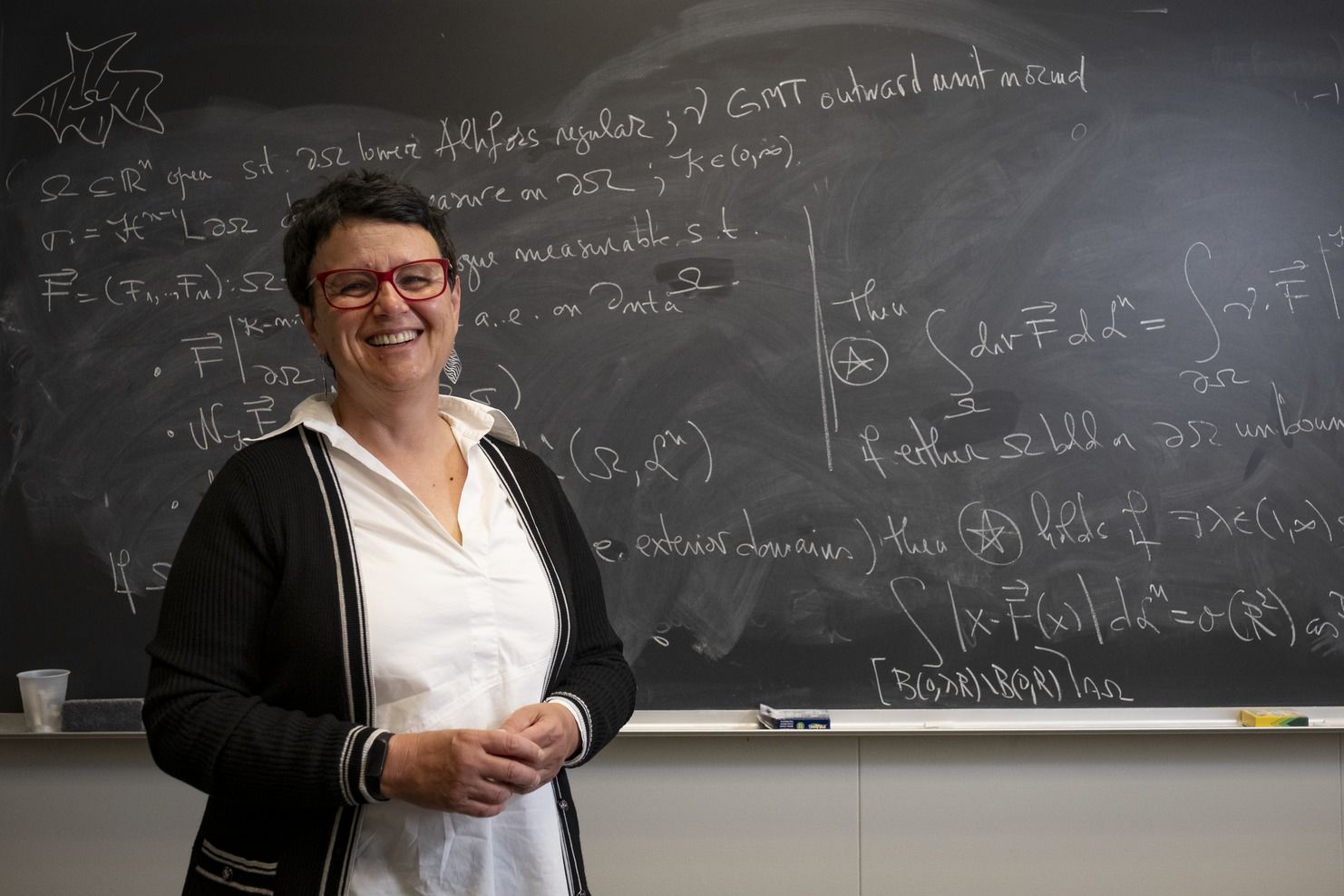
Lindback Distinguished Teaching Award
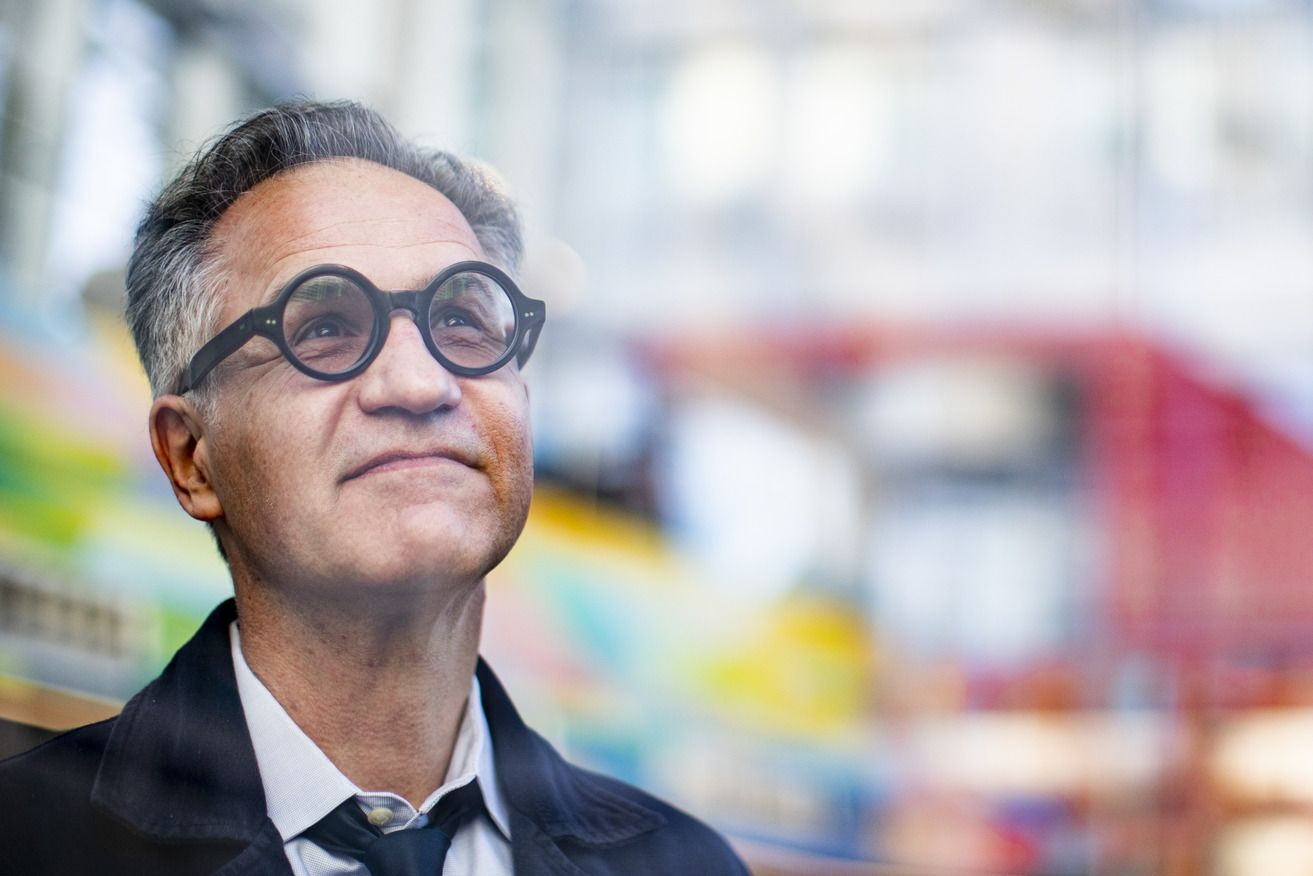
Orfeo Fioretos
Professor, political science
College of Liberal Arts
Areas of focus: Politics of markets and international institutions
Years at Temple: 18
Inspiration for teaching
The world is literally my academic oyster. My teaching is animated by questions about international cooperation, as in why the world is sometimes successful and other times not in solving pressing challenges. A few big challenges of the recent decades have been economic instability, climate change, human rights and the ever-elusive international peace.
Proudest accomplishment
This Lindback Award! Beyond that, among my favorite accomplishments is to see students alight on lightbulb moments. Few things are more rewarding for a teacher than seeing students come to the classroom one day with questions and returning the next time with answers.
Memorable moment
I was really excited to return to campus after COVID-19. It reminded me that I have the world’s greatest job and that no one should take the privilege of teaching Temple students for granted.
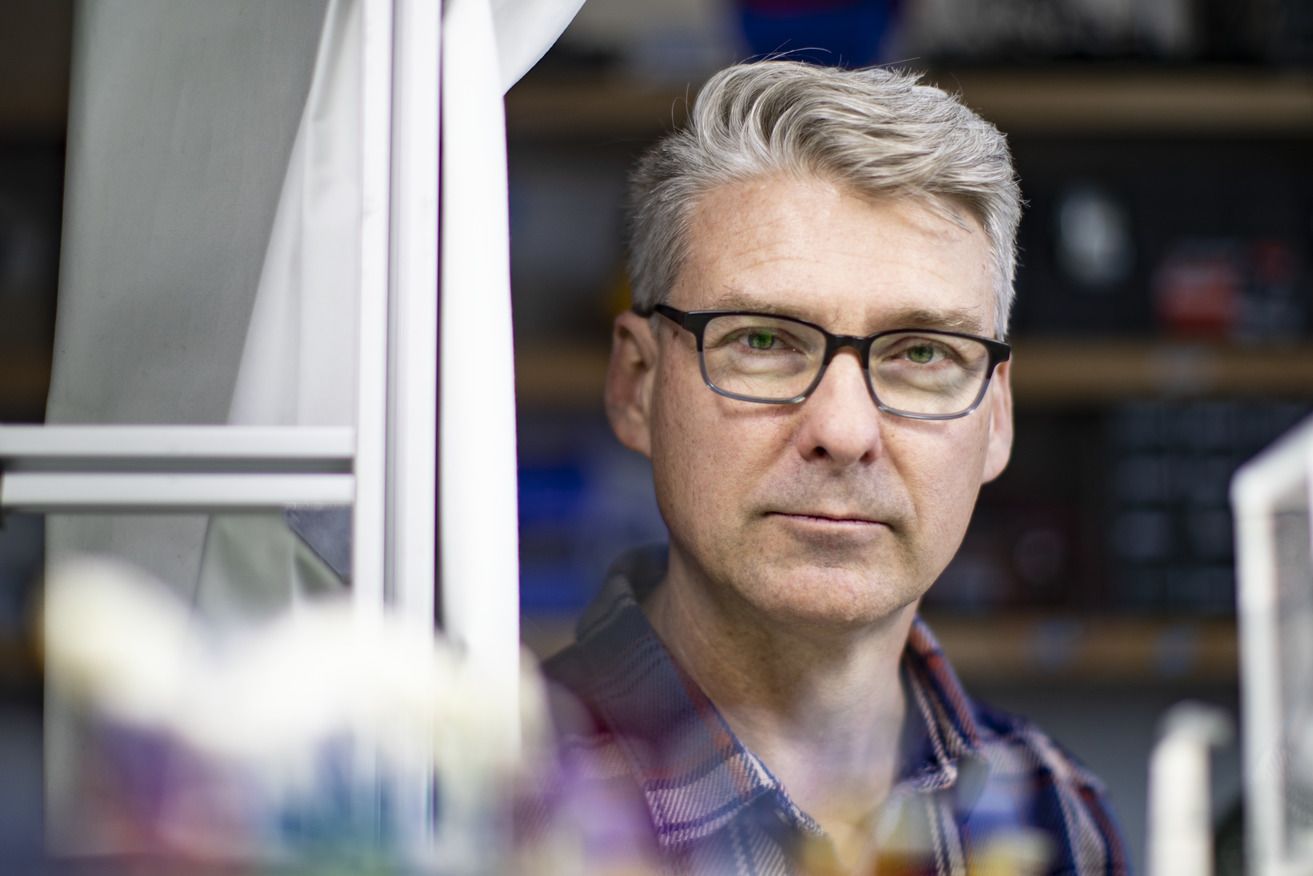
Andrew Spence
Associate professor, bioengineering
College of Engineering
Areas of focus: Movement science including control of locomotion, gait analysis, spinal cord injury, neuroprosthetics, neuromechanics, biomechanics, use of molecular genetic tools, robotics, motor control, animal locomotion
Years at Temple: 11
Inspiration for research and teaching
For my research, I love the ideas. I’m continuously having my mind blown by how animals move and how our nervous system can control our amazing biomechanical bodies as well as by the new technologies we are developing to help people with spinal cord injuries. I love interacting with and learning from students as they bring a “beginner mindset” to problems that helps them come up with new ideas. In teaching, what inspires me is having fun, sharing that excitement with students and then watching students succeed.
Proudest accomplishment
The incredible warm fuzzy feeling I get from seeing a student at Commencement or the “hooding” ceremony of a new PhD student. I’ve been fortunate to have students go to Stanford, Yale, Georgia Tech and Merck, to make vaccines. It’s just an incredible feeling to think you have helped them achieve those things. You feel fortunate. For research, I’m especially proud of the “earthquake treadmill” we built to understand how animals maintain stability when they are running. We uncovered the structure of how mice control their gait when they run using it, and it’s led to a bunch of neat ideas.
Memorable moments
When my first PhD student from Temple got a postdoc offer at Yale, I was pretty transformed. It was validation of what we were working toward. The second big moment was winning a National Institutes of Health (NIH) R01 grant. That took years of work and so much support from my department and co-investigators.
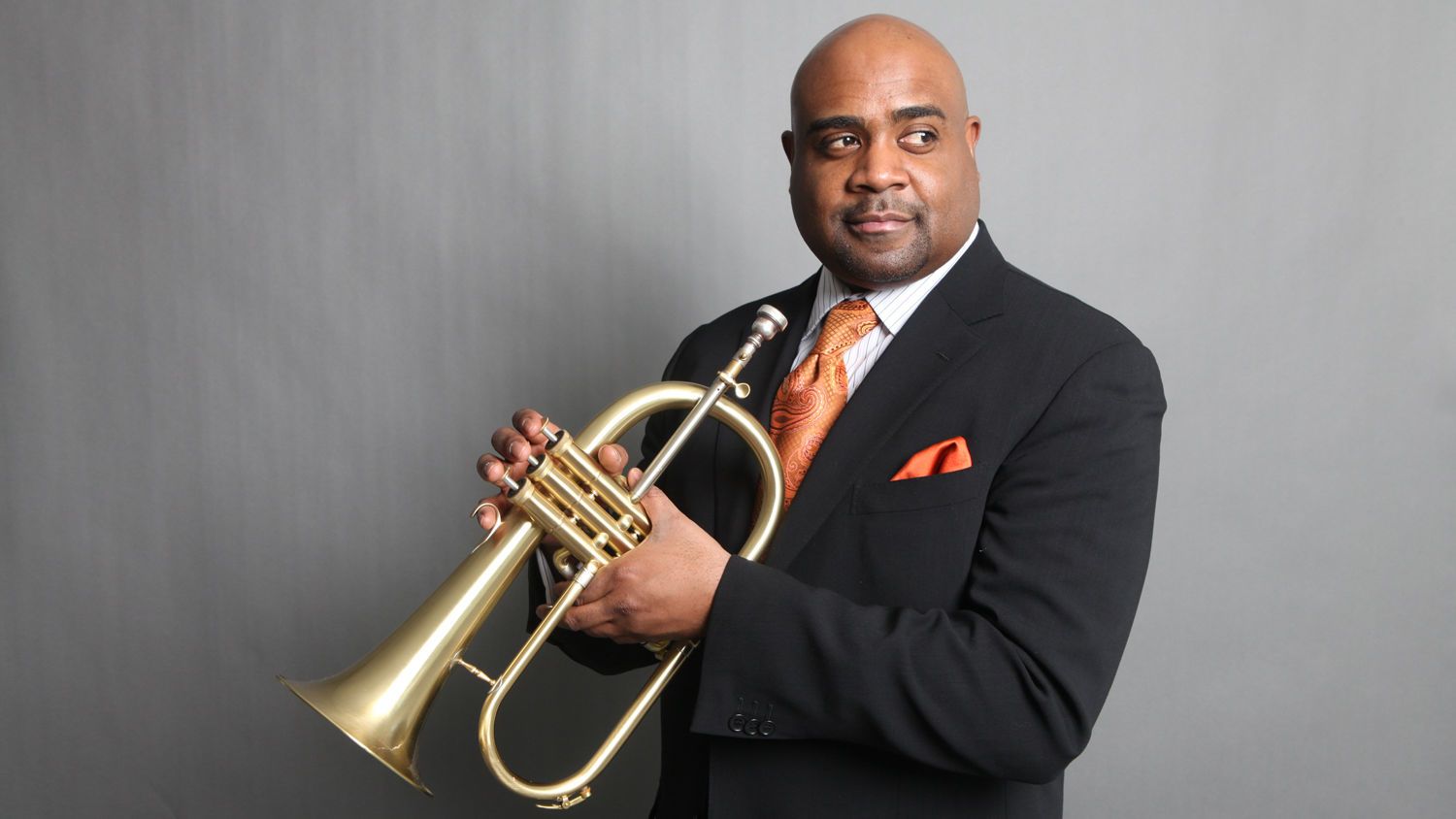
Terell L. Stafford
(Photo courtesy of Terell Stafford)
Chair of instrumental studies, Laura H. Carnell Professor of music studies, director of jazz studies
Boyer College of Music and Dance
Area of focus: Jazz performance
Years at Temple: 28
Inspiration for teaching and performance
My students are inspiring. They’re hungry, humble and community driven. They want knowledge.
When it comes to playing, every time I’m on stage, I’m performing for people interested in the music no matter where in the world. I’ve gotten to perform and teach at conservatories in places like Thailand, Australia and Europe. But teaching at Temple is special for me because I’ve always appreciated the soulfulness and depth of our students.
Proudest accomplishment
I’m proud of the Grammy awards I’ve won as well as this faculty award. Becoming a Laura H. Carnell Professor was a proud accomplishment, too. As far as music, I was really proud when my jazz band at Temple came in first at a national competition at the Lincoln Center.
Memorable moment
That competition the jazz band won at the Lincoln Center was transformative because I’m typically not a believer in competition, but I am a believer in a strong work ethic, teamwork and a positive communal environment. We came to play our best, and the band got really close, becoming like a family. We were all shocked when we won because we didn’t go there for that. And that win changed the hearts and minds of not only the students in the program but also parents and administrators.
Jamie L. Mansell, CPH ’04, ’12
Associate dean for undergraduate studies and associate professor of instruction
College of Public Health,
Health and Rehabilitation Sciences
Areas of focus: Sexual harassment in athletic training education, cultural competency in athletic training and athletic training programmatic assessment
Years at Temple: 22
Inspiration for teaching
When people ask why I’ve been at Temple so long, I always say it’s the students we have. Temple to me embodies Philadelphia, which I love. Our students are strong advocates and leaders. They want to push forward and do great things. Seeing their drive, grit and determination and what they’re able to do once they leave us drives me to want to be better. If they’re striving to constantly be better, then we as educators need to constantly be better as well.
Proudest accomplishment
We launched an entry to practice master’s degree and the first fully online doctoral degree in athletic training in 2016. We were ahead of the curve. The success of these programs is the legacy of the athletic training faculty.
Memorable moment
I teach some of our leadership and cultural humility content for athletic training. Back when I taught undergraduate students, I had them do a diversity wheel activity in which they wrote five ways they see themselves and five ways they think others see them. A Black male student raised his hand and asked if I meant how other people see him or how society sees him. I told him to answer in whatever way felt most comfortable. When it came time for students to discuss what they wrote on their cards, I asked if he was comfortable sharing. He had strong, powerful words about the way he felt society sees him as a Black male. The other students told him they’d never see him that way and said he was great. He responded, “Yes, but if you saw me walking down the street in what I’m wearing, you’d probably cross the street.” That was such a powerful learning moment for the students. The students who were in that class still talk about it. They wrote to me that it was their most powerful moment in a class. It was the first time they heard from a student who experiences the world differently than they do. It shaped the way those students interact with their patients and how I interact with my students. It led me to even more deeply embrace cultural humility and commit to making sure our students hear about those experiences when they’re in the classroom so that they can be better when they’re clinicians and when they’re moving around society.
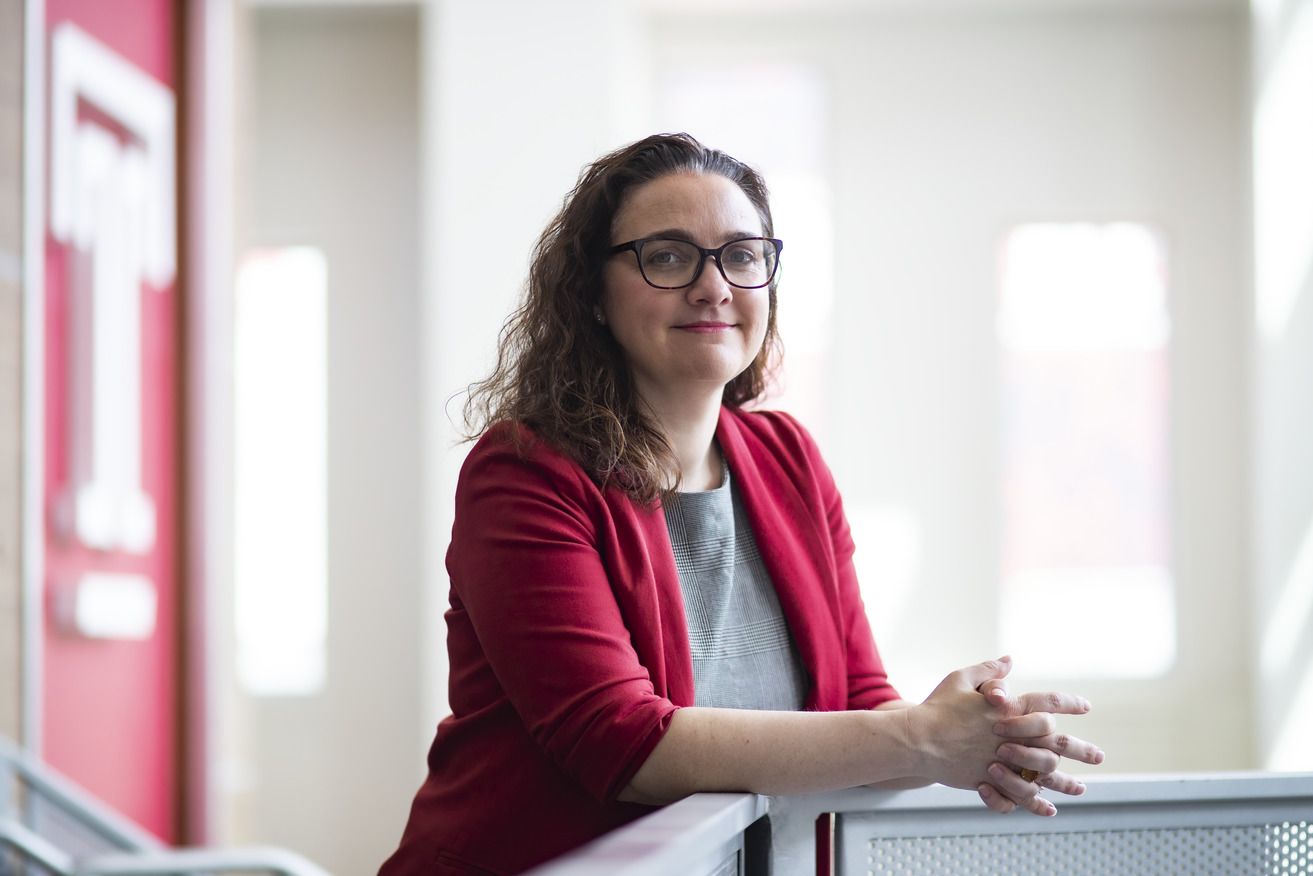
Anjali Vaidya
Professor and attending cardiologist
Lewis Katz School of Medicine
Areas of focus: Cardiology, pulmonary hypertension, right heart failure
Years at Temple: 8
Inspiration for research and care
I am inspired by my brave and vulnerable patients (and their families) with pulmonary hypertension and all forms of heart failure who suffer from severe shortness of breath and other life-limiting symptoms. They motivate me to provide and teach compassionate, expert and life-saving care and contribute clinical research to advance the medical field and better serve patients around the world.
Proudest accomplishment
My proudest professional moments are when my clinical team provides exceptional care to our patients, many of whom have traveled from across the United States to Temple Cardiology to receive life-saving treatments. I am honored to co-lead this team—Temple Cardiology’s nationally accredited Pulmonary Hypertension Association Center of Comprehensive Care—and proud to have integrated three of Temple University’s major medical training programs (internal medicine, cardiology and pulmonary hypertension) into it.
Memorable moment
As a cardiologist, a meaningful experience during my tenure at Temple has been the opportunity to cultivate and mentor the careers of young female physicians in my specialty—a field that is 85% men—and help increase the women in our medicine training program who now pursue cardiology for their specialty careers. When I arrived, very few did, and only 25% of our cardiology fellows were women. Since then, with mentorship, role modeling and collegiality among my colleagues, the culture has transformed such that droves of talented female physicians are choosing Temple Cardiology for their career fellowship training (now 60% women).
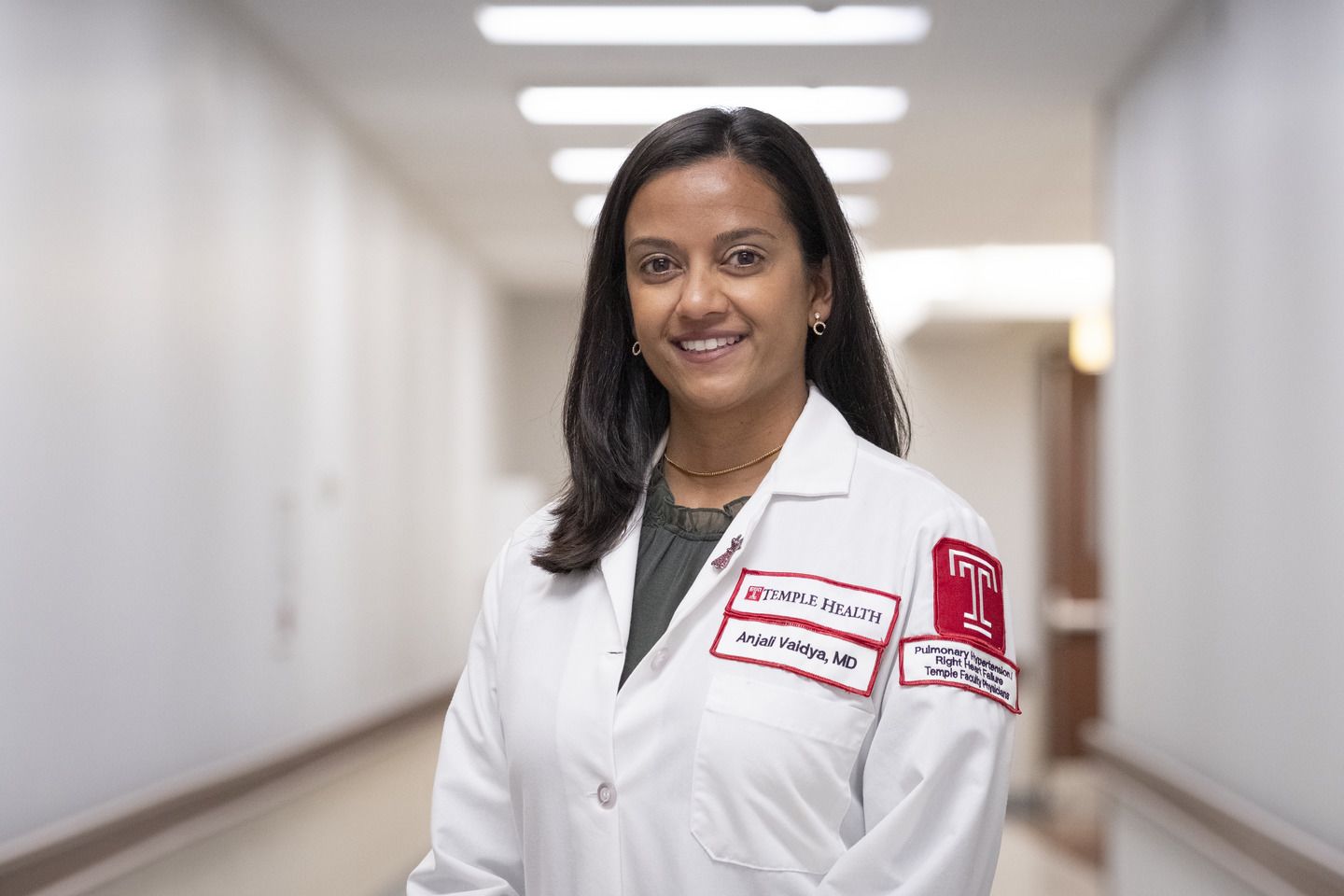
Laura Zaylea
Associate professor of instruction
Klein College of Media and Communication,
Media Studies and Production
Areas of focus: Media production, emergent media storytelling, interactive video, postproduction, producing for narrative
Years at Temple: 12
Inspiration for teaching
I love the range of storytelling strategies and technologies that I get to teach. Two of those classes—Producing and Directing and Emergent Media Production—often meet back-to-back on Mondays and Wednesdays. At noon, I’ll be talking with my Producing and Directing students about designing filming strategies for their TV pilot episodes. When we talk about filming strategies, we’re talking about techniques for filming and editing that have existed for over a century. Then, at 2 p.m., I’ll walk across the hall to teach Emergent Media Production, and we’ll be exploring storytelling technologies so new that the main program we’re using is still in beta. The creative conventions for these technologies are still emerging. There are fewer examples to draw from, but there is a lot of room for creative exploration. I love Temple because I get to teach creative storytelling in both traditional and new media forms. And while these classes may seem wildly different from the outside, they’re similar in that they both give students a vehicle for designing and sharing original stories. It’s seeing what students do with these storytelling forms—what stories they tell and why and how they tell them—that inspires me in my teaching practice.
Proudest accomplishment
One thing that makes me feel proud as a teacher—and that I love about teaching—is when students bring in wildly different assignments inspired by the same assignment prompt. Then I know things are going well because my goal is to design assignments that invite students to make the projects their own. For example, students in Emergent Media Production work with augmented reality (AR) storytelling. I ask them to create an AR book, which is a physical booklet that when viewed through a smartphone triggers additional media content through the device. I tell the class that they can create a book or they can design any other “intentional object” to augment. They have taken this prompt and created so many things: AR menus, cookbooks, posters, T-shirts, magazines, resumes. I love seeing the range of creative approaches.
Designing a lesson plan is a creative act; it’s designing an experience that students will have. It’s not just content delivery but also time management, performance, emotional intelligence, flexibility and group dynamics. A lot of different things come together to shape the learning experience. I try to create learning environments that are safe and inclusive so that students feel invited to take creative risks and to design assignments that are structured and clear so that they know both what is expected and also where they can make an assignment their own. The students are not trying to make what they think I want to see; they are making work that has meaning for them. They are exploring and finding their own unique voice. These moments make me feel proud as a teacher because I know students are feeling freedom and inspiration and are manifesting meaningful projects.
Memorable moment
In my first year at Temple, I was assigned to teach a large lecture class and an asynchronous online class. I had been teaching at another university before, but I had never taught in these modalities. I remember the first time I realized I could use social media in the large lecture class: I asked a question, projected the social media feed on the big screen, and students from all around the lecture hall posted their answers and thoughts. It happened so quickly. The whole energy in the room changed, and I suddenly felt so much more connected to the students. This experience made me realize that teaching itself is a creative practice, and there are tools and strategies that can be used to foster engagement and build community. I started attending more workshops and programs through the Center for the Advancement of Teaching, and these experiences encouraged me to think about not just what I was teaching but how I was teaching. Since then, I have taught in many teaching modalities and styles—studio production, lecture/lab, hybrid, study away, synchronous online, co-teaching—and it’s exciting to explore how each form can be used to create different types of learning activities and to benefit students in different ways. It’s exciting to see teaching itself as a creative act.
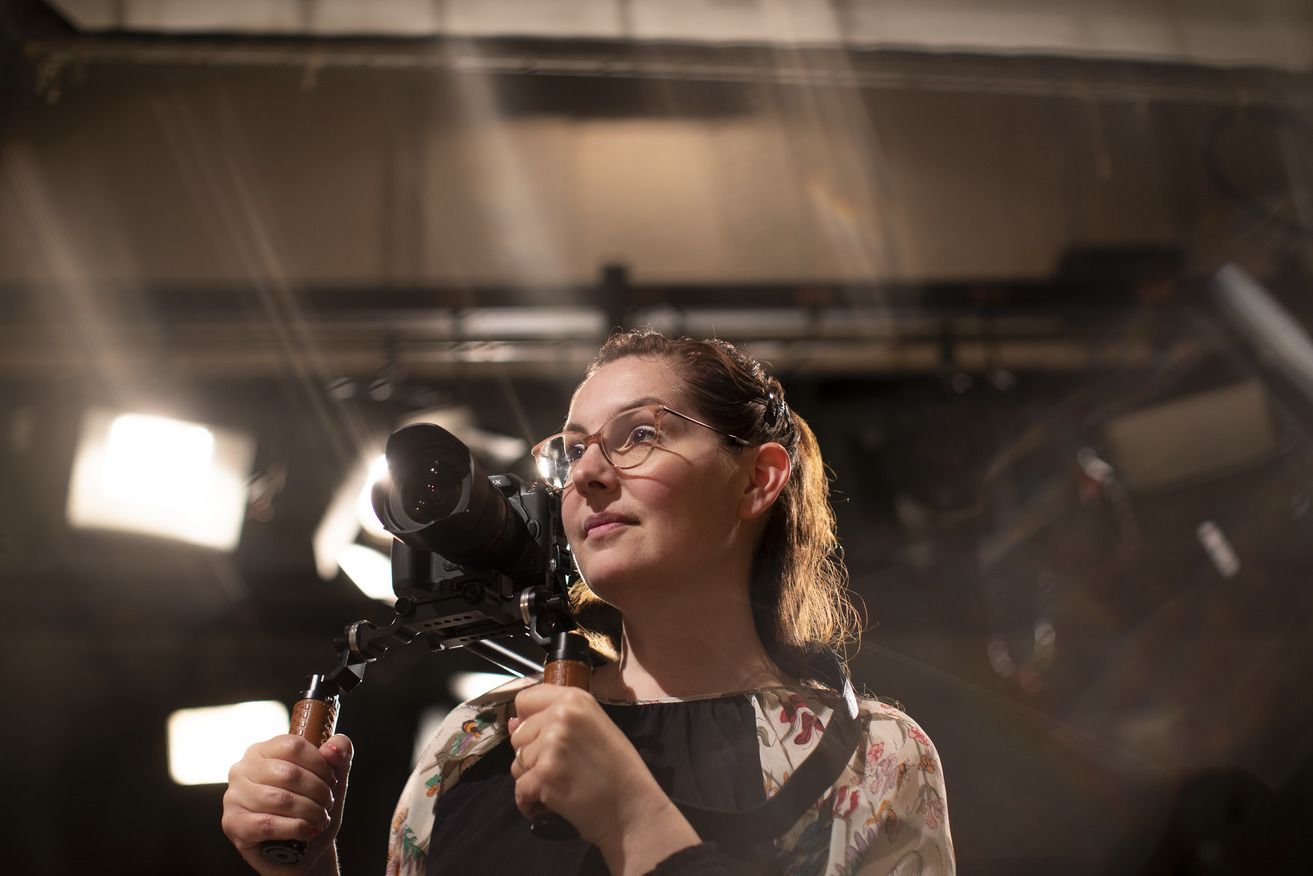
Provost’s Award for Teaching Excellence in General Education
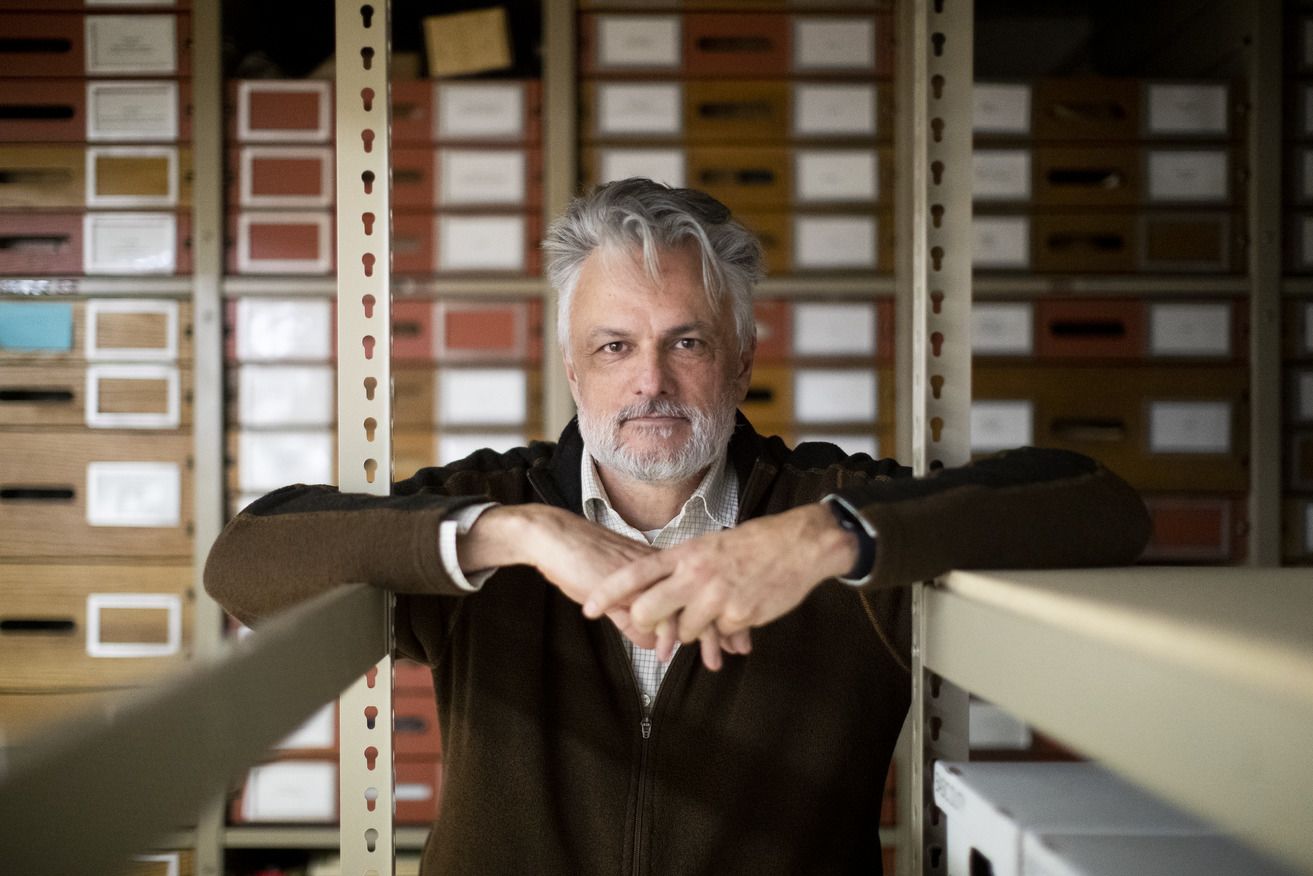
Juris Milestone, CLA ’03, ’06
Assistant professor of instruction, anthropology
College of Liberal Arts
Areas of focus: Sociocultural anthropology, power and expertise, maintenance and repair studies, cultures of speed and moto-mobility, design, space and place, the United States
Years at Temple: 24
Inspiration for teaching
I’m most inspired by new challenges and learning new things. They’ve come from many sources over the years, but mostly from teaching itself, as my students teach me things about their own lives and colleagues help me to be a better teacher.
Proudest accomplishment
In 2022, and as part of running my first own course, a special edition Honors General Education class called Makers, Hackers, Fixers, I managed to make Temple the new home of the annual Philly Zine Fest, a 20-year-old celebration of independent DIY publishing and artistic experimentation in Philadelphia. I’m very proud of being able to bring this platform of expression to both my own students and the wider Temple community.
Memorable moment
As a Temple PhD in anthropology and the first PhD in my family, I’m transformed by Temple in many ways, but I’m most looking forward to my eldest daughter graduating from Temple in 2026.
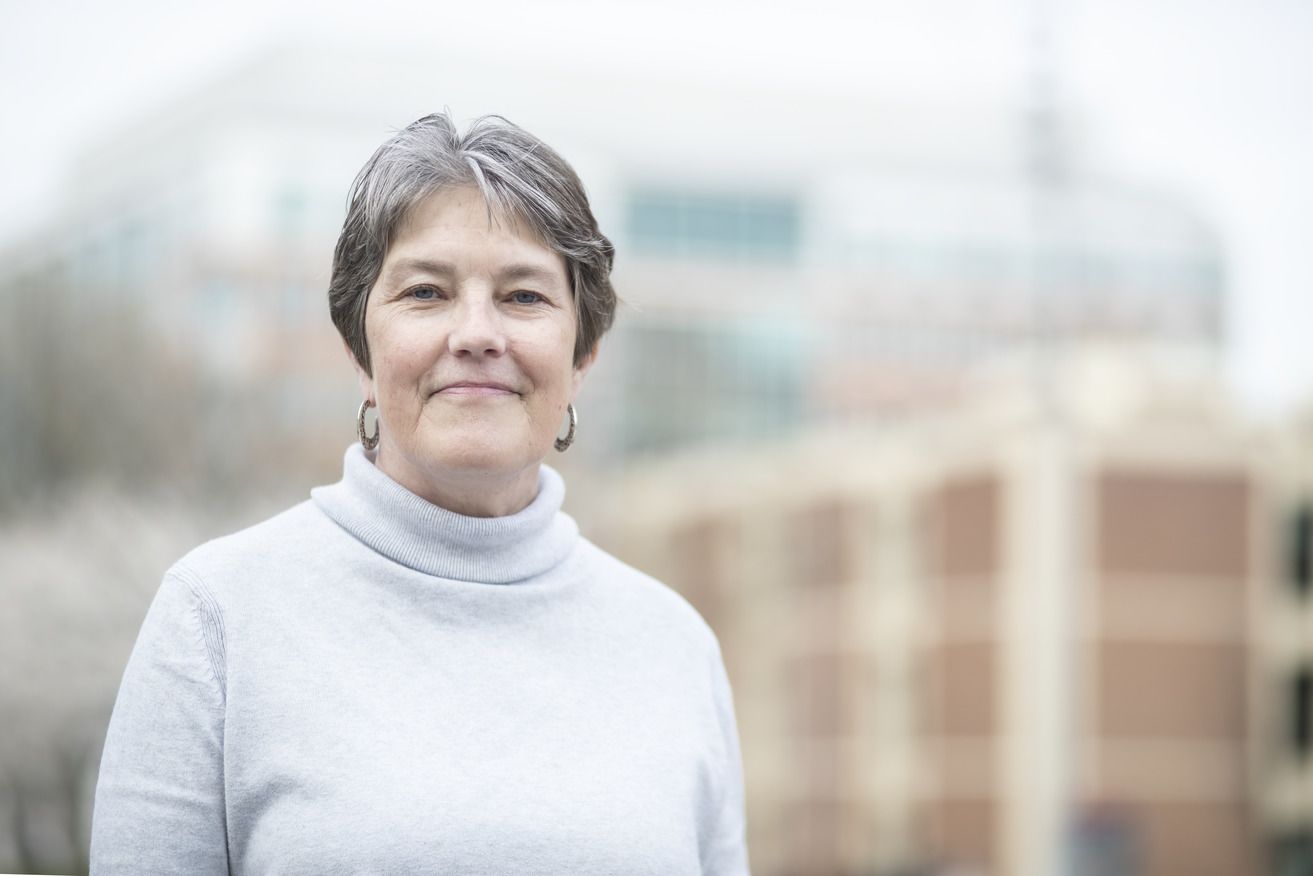
Mary Stricker, CLA ’01
Professor of instruction, sociology
College of Liberal Arts
Areas of focus: Racial ideology, racial politics, Racial and ethnic stratification, social construction of race and ethnicity, social movements
Years at Temple: 30
Inspiration for teaching
I am emotionally, politically, pedagogically and intellectually driven by the desire for all people to be free. This is why I truly love teaching The History and Significance of Race in America. To free ourselves from the horrors of white supremacy, we must have a clear understanding of our past and its connection to our present. Watching former students become some of the “freedom fighters” I most admire and knowing that I had at least a small part in their intellectual development fills me with pride and inspires me to continue working for racial justice in both teaching and research.
Proudest accomplishment
I am most proud of the way I have designed my General Education course The History and Significance of Race in America. The course helps students see themselves as active and necessary agents in struggles for social justice and moves them away from the tendency toward political and social cynicism and inertia. I feel really good and confident about the knowledge my students walk away with at the end of each semester.
Memorable moments
I have been at Temple for more than 30 years, so there are many memorable moments.
As a founding member of the Temple University Graduate Students’ Association (TUGSA), it was thrilling to vote with Temple graduate student employees in favor of union representation in March 2001, two months before I defended my PhD dissertation.
It was exhilarating and meaningful to work with the Temple Association of University Professionals (TAUP), community leaders and students to stop the proposed football stadium on campus.
Publishing a book last year about my teaching experience at Temple with my close friends and colleagues whom I have known and loved since my first days here was both academically and personally transformational. Check it out: Teaching and Confronting Racial Neoliberalism in Higher Education: Autoethnographic Explorations of the Race Studies Classroom.
As a founding member of the Temple University Graduate Students’ Association (TUGSA), it was thrilling to vote with Temple graduate student employees in favor of union representation in March 2001, two months before I defended my PhD dissertation.It was exhilarating and meaningful to work with the Temple Association of University Professionals (TAUP), community leaders and students to stop the proposed football stadium on campus. Publishing a book last year about my teaching experience at Temple with my close friends and colleagues whom I have known and loved since my first days here was both academically and personally transformational. Check it out: Teaching and Confronting Racial Neoliberalism in Higher Education: Autoethnographic Explorations of the Race Studies Classroom.
Part-time Faculty Excellence in Teaching and Instruction Award

Christy Davids, CLA ’15
Adjunct assistant professor, English and gender, sexuality and women's studies
College of Liberal Arts
Areas of focus: Feminist theory, creative writing, poetry and poetics, the literature of place, gender studies, early modern literature, rhetoric, literary criticism, cultural theory
Years at Temple: 11
Inspiration for teaching
Empowerment and exploration. So much of my pedagogy is about democratizing the classroom and rethinking power dynamics. In several courses I ask students to take on the responsibility of leading class because when everyone teaches it's much easier to see just how much we learn from one another. Hierarchies are deeply engrained in all of us, so I strive to break those patterns and create possibility. The college experience is very much about learning to identify and argue for the things that are most important to students. If during those awakening moments of expansion we can come to understand that we all have something to teach and something to learn, the classroom transforms into a safe place for breakthroughs, growth and community formation. Because my research and poetics are invested in intersectional feminist politics, it's critical that the classroom is an extension of that praxis.
Proudest accomplishment
My greatest pride as an educator can summed up in the words of a former student: “Professor Davids encouraged me to be brave.” Last term I had a student in Feminist Theory who, as part of an assignment, wrote a powerful letter to SEPTA demanding the organization address rampant sexual harassment on public transit. In response to this appeal, Leslie Richards, the CEO, reached out to her personally, and that student is now completing her gender, sexuality and women’s studies field work at SEPTA. If what we do in the classroom spurs actionable, practical change, I feel something much greater than pride: I feel hopeful.
Memorable moment
This semester in an honors literature class I designed called Mapping Milieus, we've been reading challenging texts and having discussions that leave my mind spinning after class. I've even written a handful of poems on the subway as I travel home after teaching. One day, a student said something and the whole class went "ooooh," which is what I call the 'church lady effect.' Those moments where students facilitate learning for each other—when it all clicks into place and something opens up that might have otherwise been inaccessible—are transformational for all of us in the room.

Zach Oppenheimer
Adjunct assistant professor, marketing
Fox School of Business and Management
Areas of focus: Leadership, strategic planning, relationship management, sales and marketing, coaching and mentoring, talent development
Years at Temple: 8
Inspiration for teaching
My passion for teaching and inspiration is driven by Temple students. They are so impressive, and they motivate me to provide the best educational experience for all my classes. They want to succeed, and there’s nothing more rewarding than helping them achieve their goals and career objectives. My teaching philosophy is centered on bringing career-building skills into the classroom for the benefit of my students, and it’s great to see the results in their success.
Proudest accomplishment
One of the most rewarding professional accomplishments in my career was being part of an executive leadership team that turned around a multibillion-dollar organization after it went into conservatorship during the financial crisis of 2008. Through determination and teamwork, my colleagues and I succeeded in motivating and retaining employees, regaining the trust and confidence of customers, effectively strengthening regulatory relationships, and delivering on very ambitious business goals. These efforts resulted in the stability and sustainability of the nation’s housing finance system and turned an annual loss of $72 billion in 2009 to a profit of more than $17 billion last year.
Memorable moments
Since I joined the Temple faculty in 2016, I’ve enjoyed many memorable experiences. One of the most impactful came during a conversation with a recent graduate in which I learned of the positive impression I made during an undergraduate marketing course, as I discovered the student pursued a career in marketing. She told me that one of the best and most meaningful components of the course was working on a team project with a local business leader. The hands-on project enabled her to observe opportunities and marketing challenges facing a young organization, and the value of experiential learning was something she continues to leverage in her career. The feedback was a great validation of how important it is to incorporate practical skills training into my courses and the value it can provide to our students.
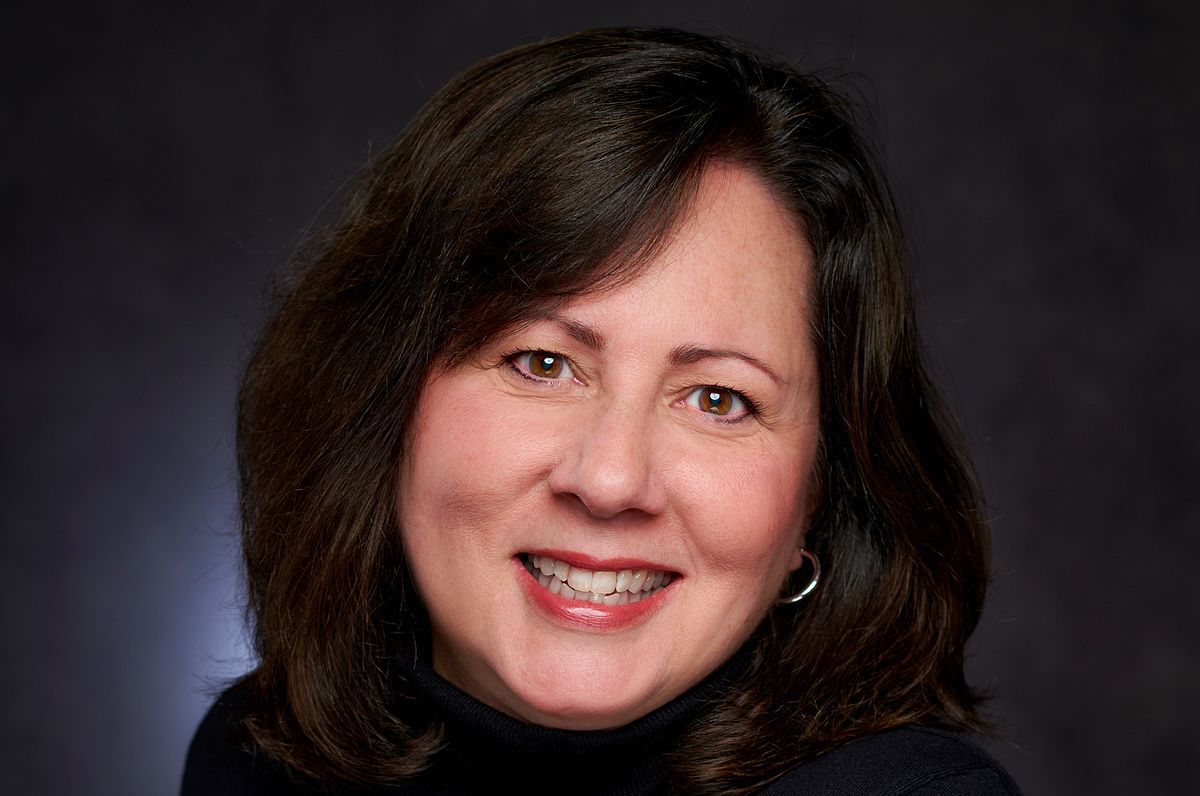
Tricia Richards-Service
(Photo courtesy of Tricia Richards-Service)
Adjunct assistant professor
Klein College of Media and Communication,
Advertising and Public Relations
Areas of focus: Brand strategy and verbal identity, public speaking, complex project management, crisis and enterprise communications, relationship management, people and culture activation, corporate and agency media relations/PR, storytelling and compelling messaging
Years at Temple: 3
Inspiration for teaching
I was blessed to have some fantastic instructors whose work made a positive impact on my skills and outlook. I want to honor those instructors by providing my students with a learning experience that leaves them with practical lessons, skill elevation, critical-thinking ability and increased self-confidence.
Proudest accomplishment
Without a doubt, my proudest professional accomplishment is my Fulbright Schuman Program research grant. The grant allowed me to conduct research in Ireland and Romania, and it expanded my definition of what is possible. By the completion of my one-year grant, I had a sense of achievement that was higher than I ever dreamed, and I was fortunate to make very special friends along the way. My husband and children traveled with me, and we are forever better as a result.
Memorable moments
Every moment of my time at Temple is transformational. Temple is a special place for me because of the people associated with it. My students are the most appreciative group I’ve ever had the privilege to serve, and they taught me a lot about what success really means. I’ve also been fortunate to work collaboratively with departments and organizations outside of Klein, and we have accomplished forward-thinking projects that will impact and improve people’s lives in ways I will never know. Last but not least, my colleagues at Temple are some of the most brilliant, funny, welcoming and supportive people I’ve ever met, and I consider it an honor to be counted among them.
Faculty Senate Outstanding Faculty Service Award
Quaiser D. Abdullah, CLA ’03, EDU ’07, ’17
Assistant professor of instruction
Klein College of Media and Communication,
Communication and Social Influence
Areas of focus: Conflict resolution and communication management religion (Islam), identity formation and management leadership development and communication
Years at Temple: 20
Inspiration for teaching
Change. The prospect of change. The hope for change. The growth that comes with change. This is what drives and inspires. Whether it is a new concept or competence on how to communicate more effectively, manage conflict more productively or look at society more critically, these all have a role to play in engaging each other with greater intention or contributing to society with greater impact.
Proudest accomplishment
This service award. Service is a core component of my identity. It brings fulfillment and satisfaction, so receiving the service award from my peers is significant for me.
Memorable moment
One semester, I had a student in my class who took their own life. I realized that my approach to teaching needed to acknowledge and account for the fact that students are human, under stress and are doing the best that they can—even if it is not what we would like to see them doing at the moment. I learned to ask myself more critical questions about how I teach, why I teach the way I do and what is the impact of that teaching. My classroom culture shifted and focused on the students: their learning, their growth and their transformation.
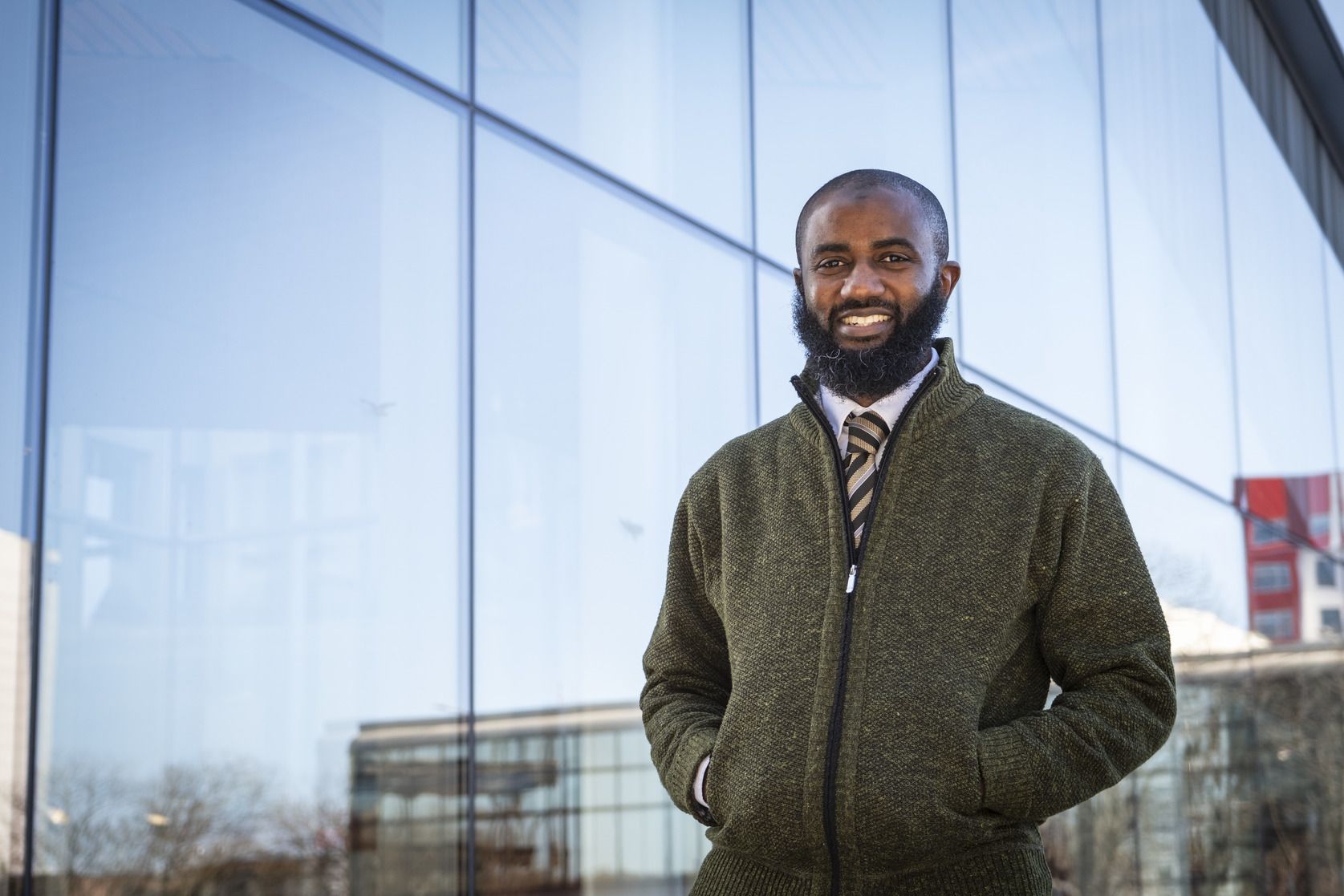
Susan B. Dickey
(Photo courtesy of Susan Dickey)
Associate professor emeritus
College of Public Health,
Nursing
Areas of focus: Pediatric nursing, obstetrical neonatal practice
Years at Temple: 43
Inspiration for teaching
The thing that drives me the most in my professional role is the students. For them, I love the doing of and the teaching of nursing. I never looked back on my decision to become a nurse, and I am still active in the profession, despite retirement, with three professional papers underway.
Proudest accomplishment
My status as an associate professor at Temple enabled me to be nominated by the Pennsylvania State Nurses Association for an appointment to the American Nurses Association Center for Ethics and Human Rights Advisory Board in 2000. I served for eight years (two terms) on this body, chairing it from 2004 to 2006. It informed our practice as well as my teaching and scholarship then and now and generated several papers, position statements and presentations at the regional, national and international levels. I have also co-authored several papers and position statements for the International Society of Nurses in Genetics.
Memorable moment
The most impressive time frame rather than singular event that I recall over my 43 years was during the initial lockdown period in the COVID-19 pandemic and the response among our nursing students, both undergraduate and in the doctor of nursing practice program. All humans were new to pandemic conditions. The bravery of our student nurses was impressive, astonishing and awe-inspiring, regardless of whether they were pre- or post-bachelor of nursing’s classes from March 2020 to successfully complete the semester. All seniors graduated, and many of them worked in hospitals as externs during lockdown, although all clinical rotations were canceled for their protection. The grad students who were already BSNs were mostly working in hospitals and carried on despite many having young children and elderly family at home before vaccine availability and with unknown risk to self and family. I was so thrilled to meet with them via Zoom and hear about their amazing experiences. They are the true heroes of the pandemic.
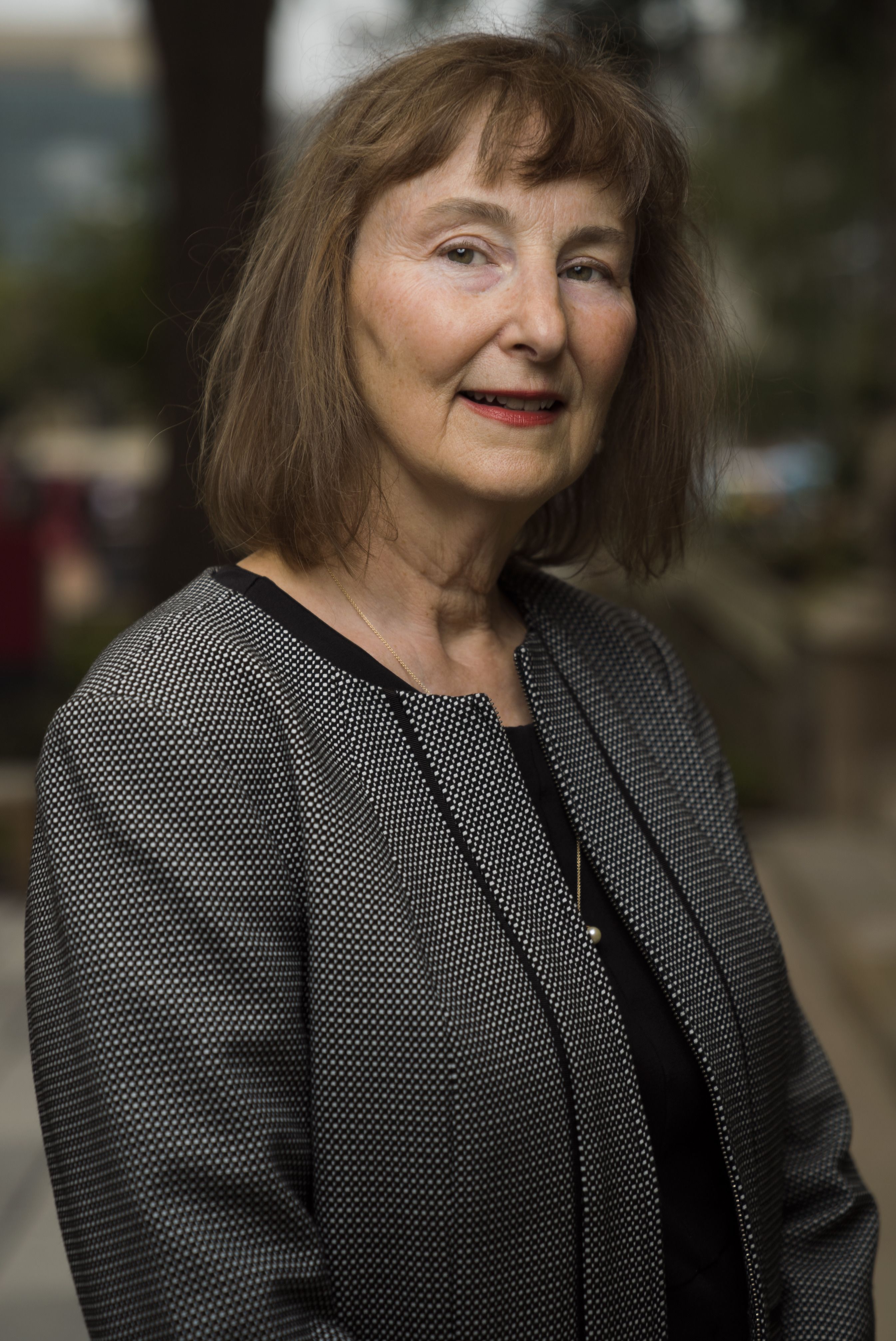
Lisa A. Ferretti
(Photo courtesy of Lisa Ferretti)
Research assistant professor
School of Social Work in the College of Public Health
Areas of focus: Investigation and intervention development to address loneliness and isolation in older adults and people with disabilities
Years at Temple: 7
Inspiration for teaching
I always feel most inspired by the students I come in contact with, particularly here at Temple. So many of our students have the drive for success. They also face some of the challenges experienced by many first-generation students, such as balancing work and family responsibility and perhaps, just as I was, being a mature student when they started their degree programs. My students bring so much life, energy and experience into the classroom that enrich learning for everyone, enhancing the content I’m entrusted to deliver. The research I conduct is applied research; it targets building self-management and evidence-based interventions to address chronic health conditions and most recently loneliness. My work acknowledges the context of a range of social determinants of health and strives to be honest, humble and genuinely collaborative in addressing health disparities. Here the individuals and communities I come in contact with are the inspiration.
Proudest accomplishment
I have a very active and full family life and career. I am proud to have both and to have achieved great things in work and life at the same time, encouraging others to find their balance while developing good self-care routines.
Memorable moments
I came to Temple later in my career and yet very quickly (perhaps quicker than would be true at other universities) I have had opportunities to serve on the Senate; the collegial assembly; and other committees, task forces and groups. Each time I feel enriched by the experience and the opportunity to be welcomed into roles that advance Temple and its students.

Stauffer Award for Distinguished Faculty Service
Susan M. Chialastri, CEHD ’74, DEN ’87, ’09
(Photo courtesy of Susan Chialastri)
Associate professor and periodontist
Kornberg School of Dentistry,
Periodontology and Oral Implantology
Years at Temple: 54
Inspiration for teaching
More than anything else, it’s the students. I think of the responsibility I have toward them. They’re putting an enormous amount of trust in me, hoping that they’ll learn something useful for their professional and personal development. It’s a priority for me that students recognize the relevance and usefulness of their classroom learning in the clinical settings. This includes integrating examples that are current and of interest to my students as well as discussing real-world challenges and relevance of clinical dentistry and how periodontics is important to their success in private practice. I also try to motivate students more toward critical thinking and application of evidence-based principles in their treatment planning and delivery of the best care for their patients.
I am really proud of so many of my students for being active in their local and state dental societies and community programs after graduation. Many of them go on to advanced training in various specialties. Seeing them succeed always keeps me inspired.
I’m grateful for being able to be in the classroom and in the clinic and learn from my students and for being connected to so many fantastic educators at the dental school and within the university.
Several teachers over the years have had a profound effect on my decision to work in education. It seems that during each phase of my education, there was a teacher who positively influenced me, and over the years I have incorporated bits of each of them into my philosophy of teaching. They saw potential in me, and each of them established a connection with their students. I wanted to become a teacher to incorporate my students’ interests in my curriculum and presentations and make the lessons more engaging and to engage with them on a personal level. Sitting chairside with the students is my greatest joy. It’s the feeling you get from helping others or leading them through something and teaching them a new skill or an easier way to accomplish a procedure.
Proudest accomplishment
It probably wasn’t a single moment but more of a very long journey from being a first-year dental hygiene student in 1970, through dental school, specialty training and my most recent position as chair of the Periodontology and Oral Implantology Department. I walk past the old dental hygiene clinic 54 years later, and I hope that my hygiene instructors are proud of me. I still mention them to my students, since they had a profound effect on the periodontist and teacher that I have become.
Memorable moment
I have received numerous teaching awards over the years that were certainly a great honor and memorable, but I think the first time I was selected by a class to be the faculty speaker at their graduation was the most memorable. Standing on the stage at the Academy of Music was awe-inspiring. Having seen many performances there over the years, I thought that I would be nervous, but I was exhilarated. I wanted to do the best job for the students to represent them and to inspire them as they moved on in their dental careers. Each time I was chosen, I had the same warm feeling trying to speak to each class as the unique and special group they were.
